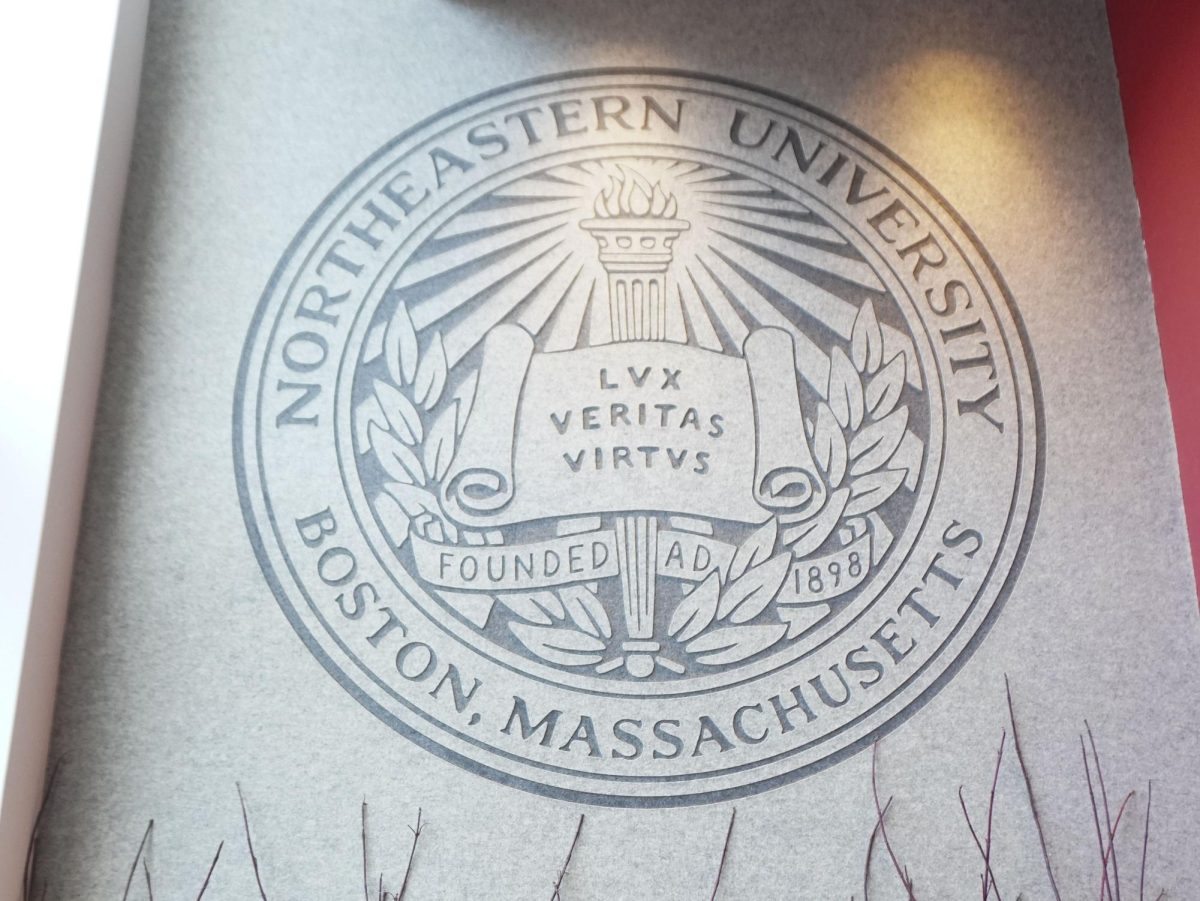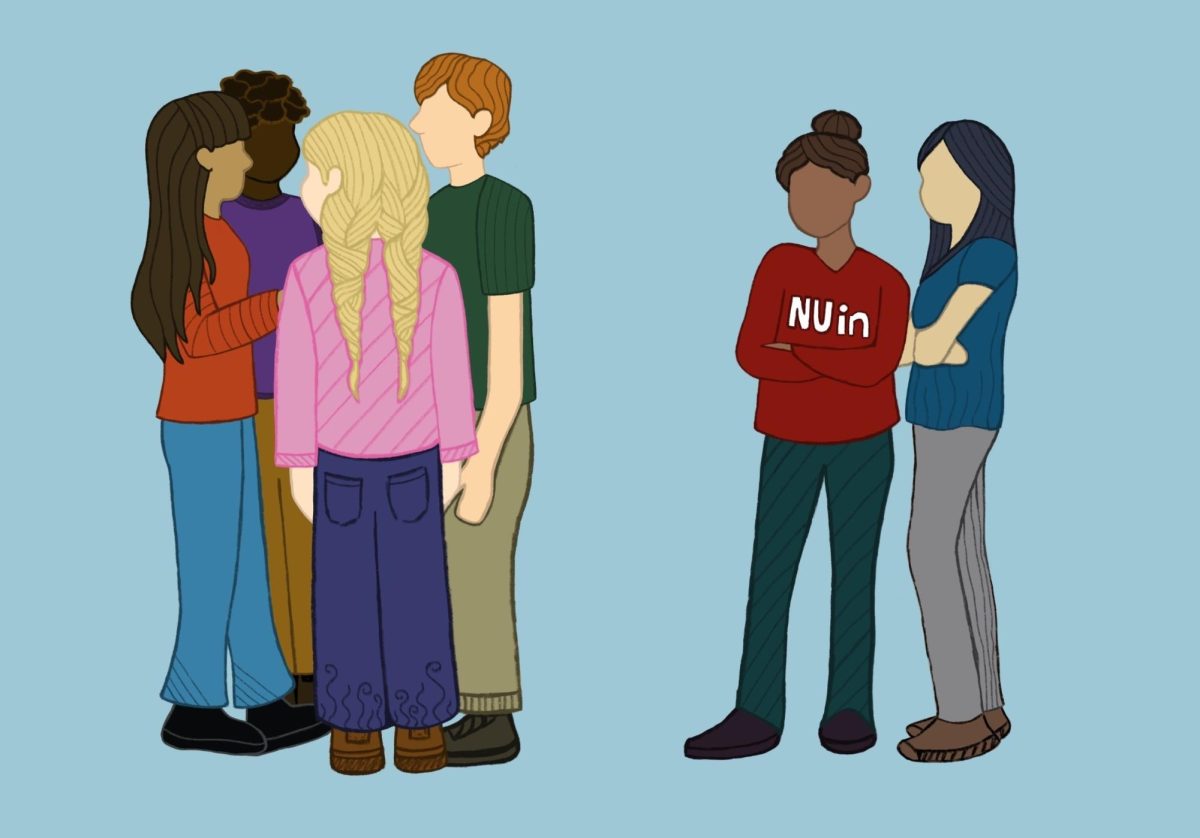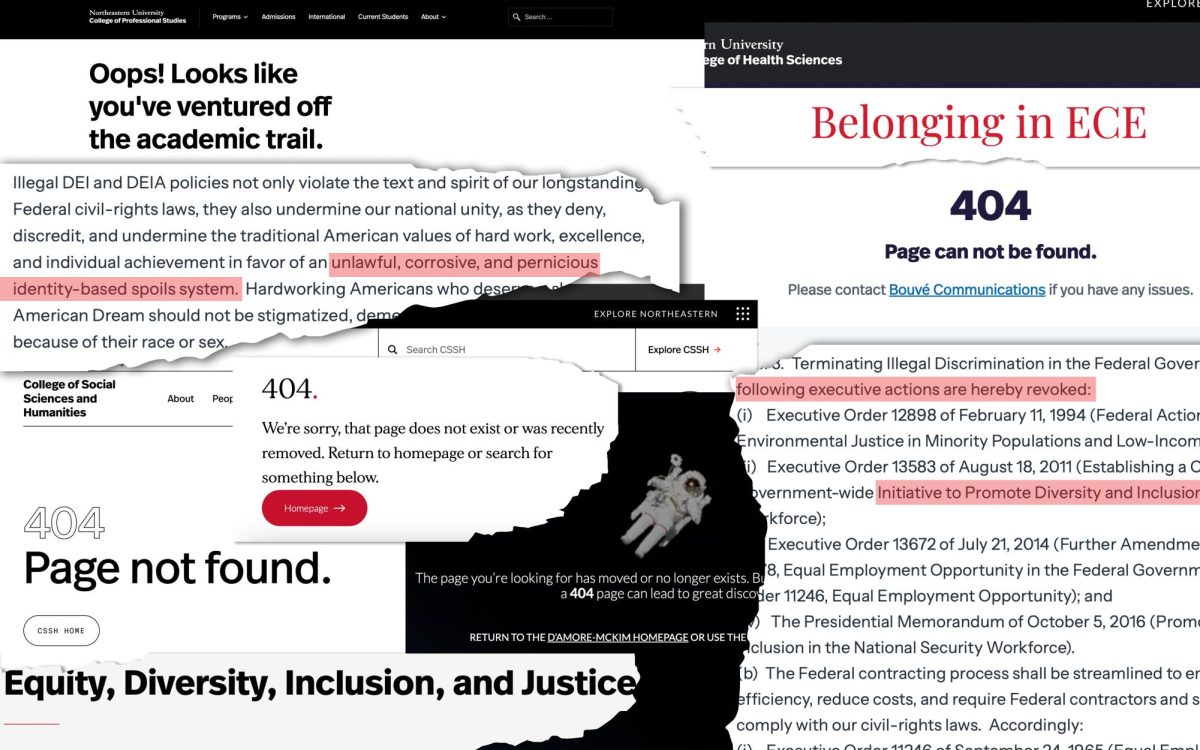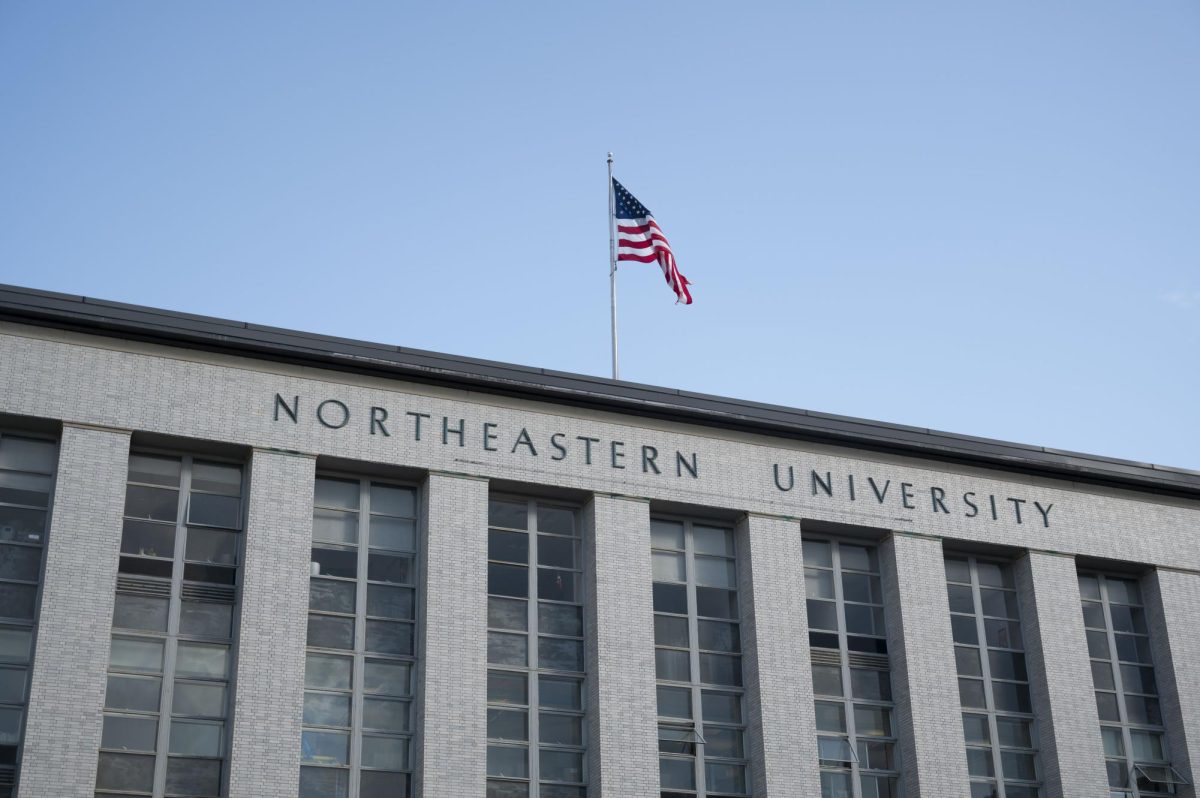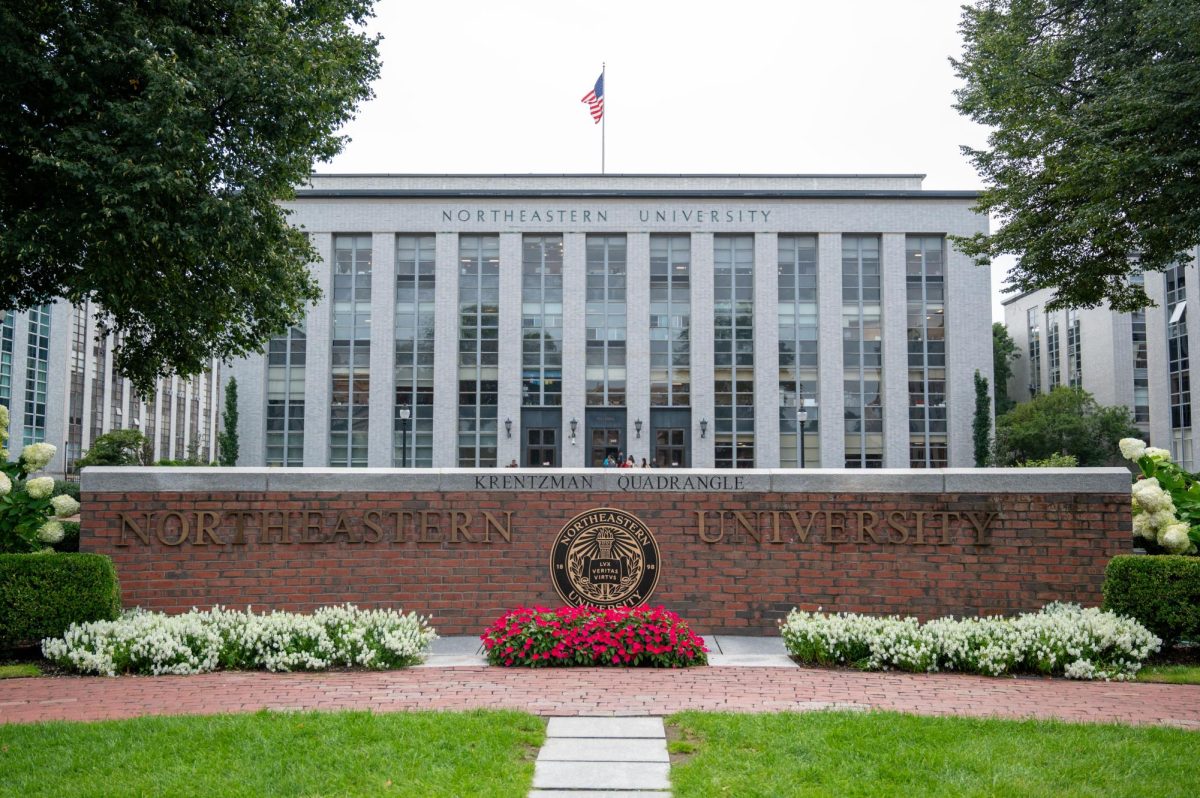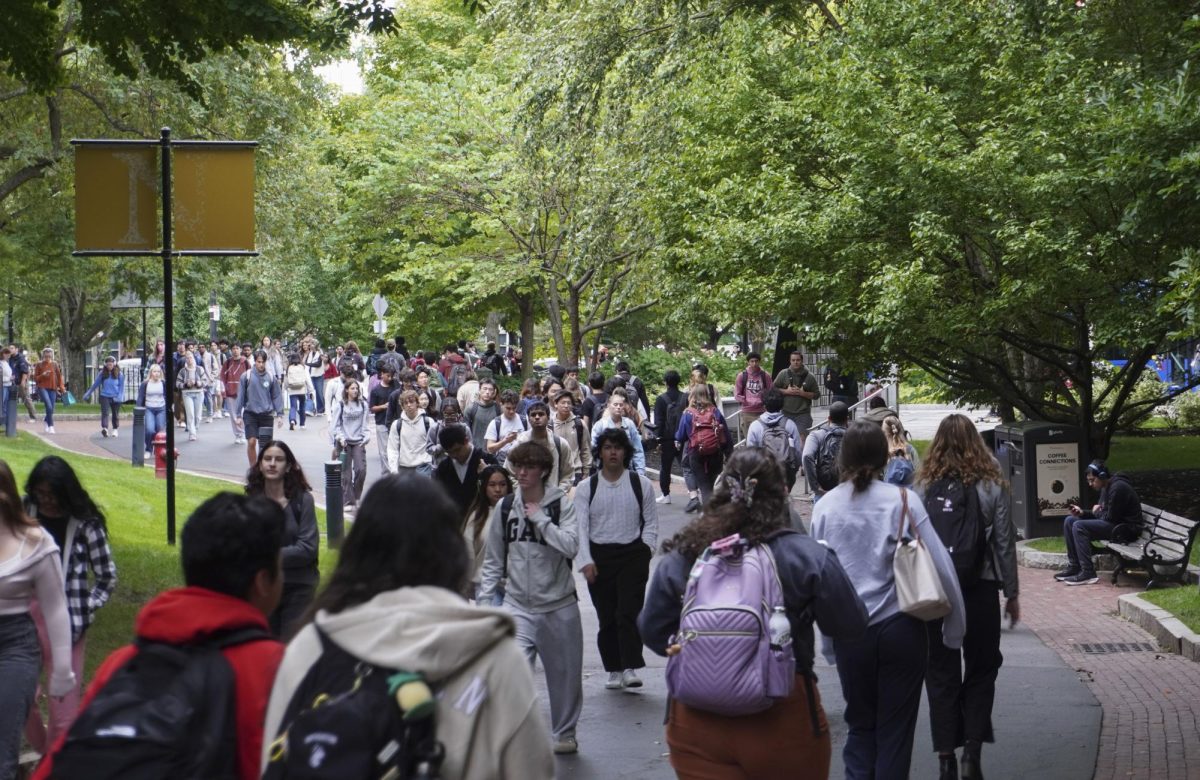By Anne Baker
Despite possible bans on affirmative action in five states across the country, Northeastern remains committed to using the program to create the most diverse student population possible, several top university officials said recently.
Proposals for the November elections in Arizona, Colorado, Missouri, Nebraska and Oklahoma aim to cut public funding for programs that give preferential treatment based primarily on race or gender. However, Northeastern will continue to take race and other factors into account when considering students for admission, said Philomena Mantella, senior vice president of enrollment and student life.
“We think diversity is an important educational value, coming into a university that is preparing students for life, or preparing them for a diverse world,” she said. “We’re concerned with diversity of all forms when we shape our class at Northeastern.” Institutions across the country have begun to re-examine their own policies, said Donnie Perkins, dean of the Office of Affirmative Action and Diversity.
In 2003, the Supreme Court struck down the University of Michigan’s undergraduate admissions affirmative action policy, which awarded points to applicants based on race. Michigan state voters have since banned use of race and gender to determine admissions and government hiring.
“Some institutions [are] assessing what they [have been] doing in light of the Supreme Court decision on the University of Michigan,” Perkins said.
The shift in how people view affirmative action is not so much a consequence of the concept itself as a poor application, said Richard O’Bryant, director of the John D. O’Bryant African-American Institute.
“Over the years, there have been some places where there’s been abuse and mismanagement of the affirmative action program just by bringing in students based on their race, and not their abilities in addition to their race, which is what it was designed to do,” he said.
About 30 percent of Northeastern’s student population is minorities, Mantella said.
The university has taken several steps to ensure a diverse student population, including a diversity class requirement, funding cultural centers and creating scholarships targeted toward a specific minority population, Mantella said. The cultural centers are a step toward diversifying by providing a space for students to explore their heritage, said Rebecca Veira, assistant director of the Latino/a Student Cultural Center (LSCC). The center is an unusual entity among schools in the area, she said.
“When I was applying for different jobs when I moved to Boston, I was looking for things that were dealing with Latino and Hispanic heritage,” she said. “I looked all over the place, and there are a few



